The south of France is famous for many things; crystal blue waters, balmy summer sun, lavish extravagances, elegant 1960s film stars and … the tenth most popular sport in the country.
Played on a pitch of fine dirt or sand, pétanque (otherwise known as boules) has been played in Provençe in one form or another since the 19th century. Popularised by eccentric players and celebrities (Pablo Picasso and Bridgitte Bardot were avid fans), the game has come to embody the timeless glamour of the Provençal coast.
With a relaxed yet competitive nature, pétanque is the ideal accompaniment to a summery night spent relaxing with friends on a public square in the Riviera (such as St Tropez’s famous Place des Lices) whilst drinking a crisp, cold bottle of rosé… What could be better?
How To Play
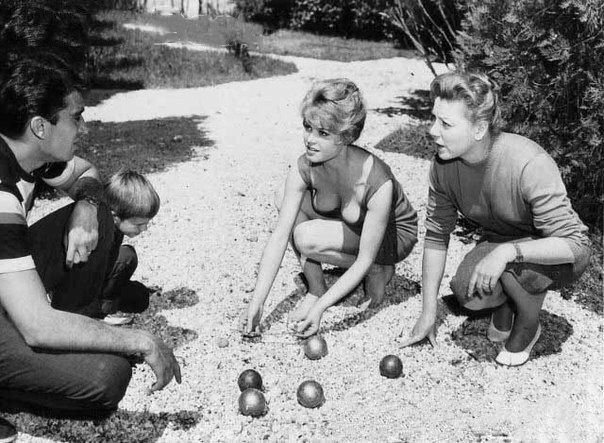
Are you in the south of France but unsure of the rules of the game? Never fear – we have provided you with handy guide to make sure you will blend in like a local at your next pétanque match:
First, a few general things you need to know about playing:
- Teams score points for having their boule(s), a hollow metal ball, closest to the cochonnet, a smaller wooden target ball that players need to aim for.
- Players are divided into two teams, with each team holding 1-3 players. Each player gets 3 boules (players get 2 boules if they’re playing a triples game).
- Pétanque is best played in an open area on small gravel, but it can also be played on sand or grass.
- It is forbidden to get rid of any obstacle on the terrain (pebble, twig, leaf etc.)
- Players usually throw with the palm of their hand facing down and with an underhand swing, releasing the boule with an upward flick that allows more control.
- Sometimes if boules land too close, players can use a tape measure, a piece of string, or even their foot as a measuring point to determine which team is closest.
- Each round (or mène) ends when both teams have played all of their boules.
The Rules
- Players have to throw their boules from a small circle they stand in, which designates their starting point.
- A coin toss determines which team plays first. Then the first player throws le cochonnet about 6 or 10 metres away from within their circle. (Any closer or farther would make the game too hard or too easy.)
- A player from the same team throws their first boule, again with both feet in the circle on the ground, as close to the cochonnet as possible.
- The other team then throws their boule, where they can either pointer (to aim the boule as close to the target) or tirer (to knock away the opponent’s boule). Whichever team leads by having their boule closest.
- The team who does not have the point as theirs is the furthest from the cochonnet then throws the next boule, doing so until they gain the point or run out of boules.
- Whichever team ends up with the boule closest to the target scores a point for each of its boules that is closer than the opposing team.
- For the next round, the starting circle is positioned where the cochonnet was positioned the previous round.
- The game ends on whoever reaches 13 points first.
Where to Play In London
Not able to leave London this summer to challenge the pros in indulge in the unquestionably idyllic surroundings of Provençe? Do not worry – we have rounded up the very best spots in London to play and channel your inner pétanque champion:
Regent’s Park

Located in the north-west part of central London, this quintessentially English park has a long and rich history (once a hunting ground for Henry VIII it was later converted into a public park, decorated in the French style, by Prince Regent George IV) and many a ground for ideal pétanque playing.
There is a full boules pitch in the neighbouring Primrose Hill which is bookable here free of charge during ‘summer daylight hours’.
Baranis
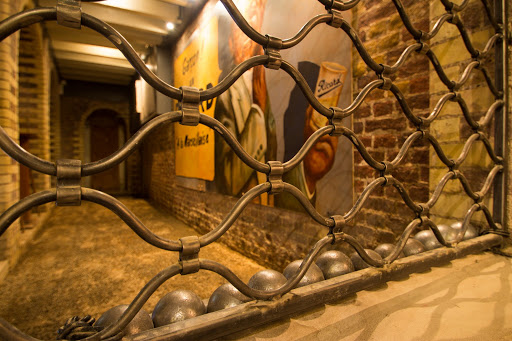
An elegant basement venue hidden off of Fleet Street, Baranis features French food, petanque, pastis, absinthe and aperitifs from Provençe and Corsica. A true froncofiles dream, all patrons can use the underground pitch anytime, free of charge, and perhaps even join a tournament with fellow enthusiasts.
Hays Galleria
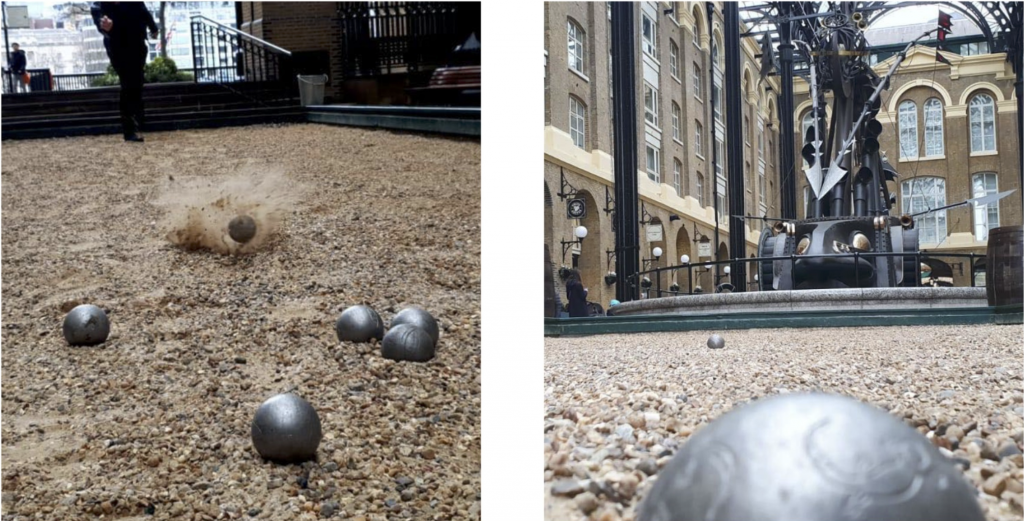
Hays Galleria in Southwark is home to the only covered outdoor petanque pitch in the city. Located between the Alexander Hays Pub and the Balls Brothers wine bar, patrons can challenge each other or pre established teams in 90 minute games whilst enjoying a fine claret or provençal beer.
Sloane Square
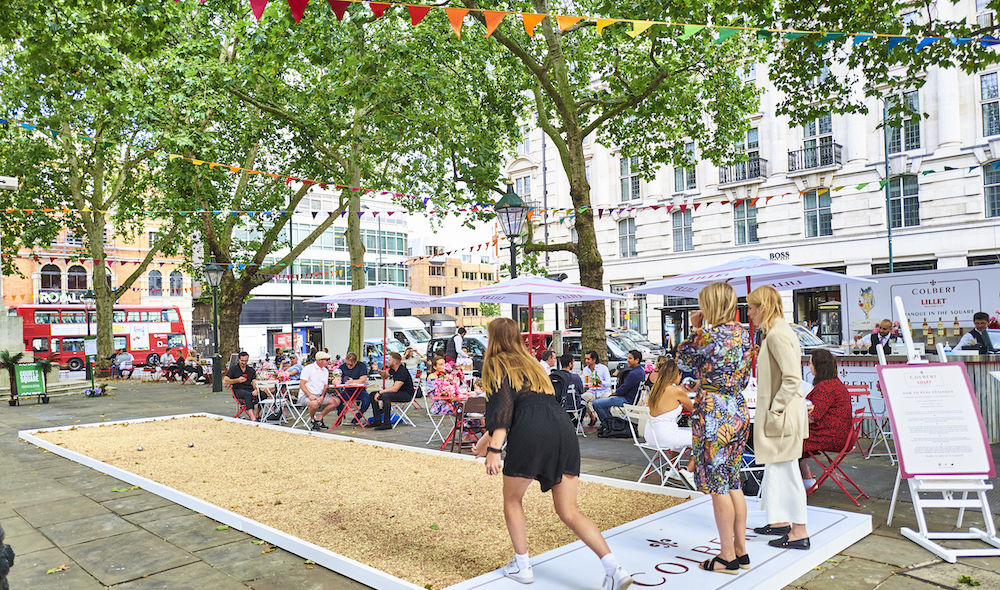
Quintessential Sloane Square hang-out, Colbert and the laudable Royal Court Theatre have teamed up to introduce Court In The Square, a pop-up bar and café situated in the middle of the famous Chelsea square.
The partnership is joined by a Pastis and Pétanque bar, inspired by the gorgeous boulevard cafés dotted throughout the City of Lights (and boasting a full pétanque pitch right on the square!). French wines, pastis and Lillet Spritzers will be here on tap until the end of September.
Vauxhall Pleasure Gardens
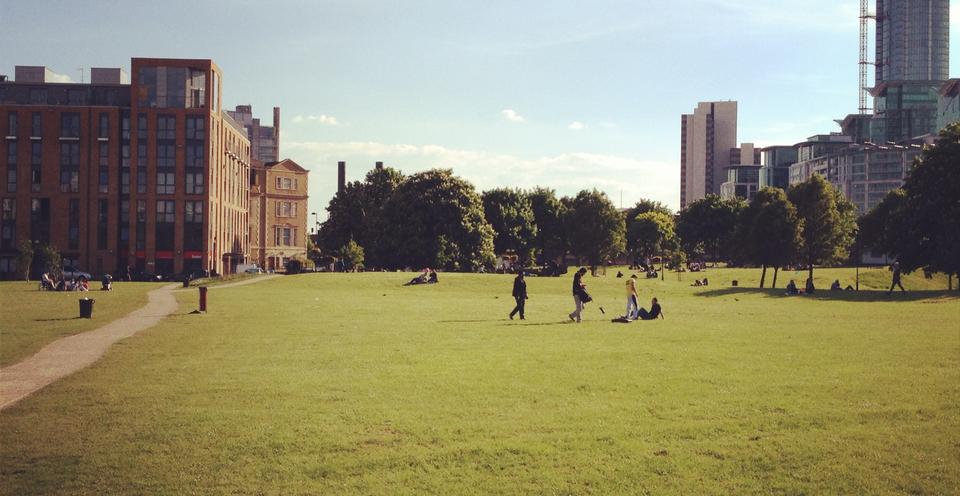
As the headquarters of the London Pétanque Club, this park is the spiritual home of pétanque in London. Casual enthusiasts and hardcore players alike can meet and play here every week. For those looking to compete, the Club also holds doubles competitions in the park every first Saturday of the month.
Insider Knowledge
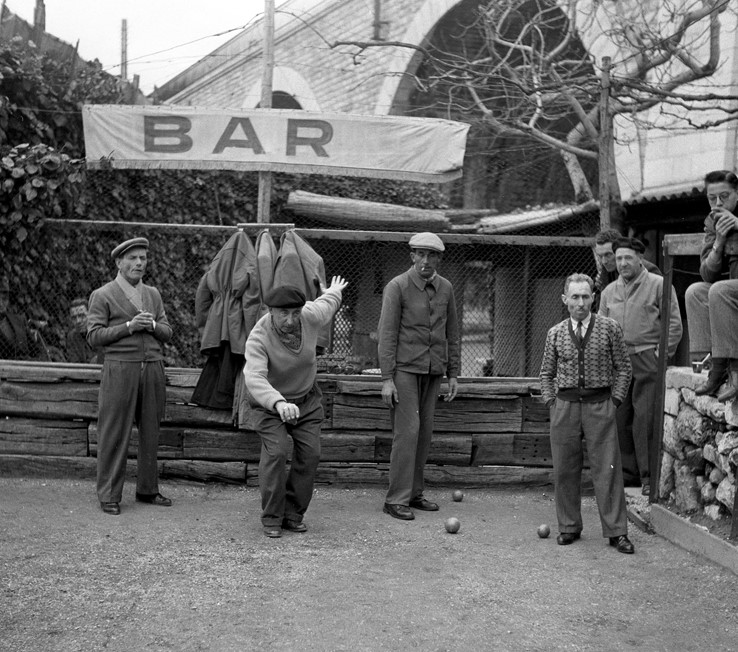
Want to talk the talk with the true pétanque aficionados? Here are some facts and names to know that should make you fit right in…
- Pétanque is the 10th most popular sport in France with its own tournaments and national federations. It is popular in Germany, Spain, and across the channel in England and is played competitively and for pleasure throughout the world, especially in nations that were touched by France’s colonial rule. The international federation has over 600,000 members in 52 countries.
- The pétanque of today is actually a variation of the former jeu provençal, which had a small change of rules thanks to a friendship between two famous players.
- Ernest Pitiot changed the rules of the traditional jeu provençal to help his dear friend Jules Lenoir, a former player who was no longer able to take the necessary 3-step run to throw the ball due to his severe rheumatism. Pitot reduced the pitch to half its size and instituted a rule where the feet of the player must be rooted to the ground as they threw the ball. Ultimately, Lenoir and Pitiot decided to call this new variety “pieds tanqués” (meaning to have your feet planted on the ground) eventually evolving into what we now know as modern pétanque.
Famous Pétanque Players
“Famous” can just as easily be replaced with “French”, as it is hardly surprising that the nation who invented the sport happened to produce its very best players, here are the very best:
Philippe Quintais
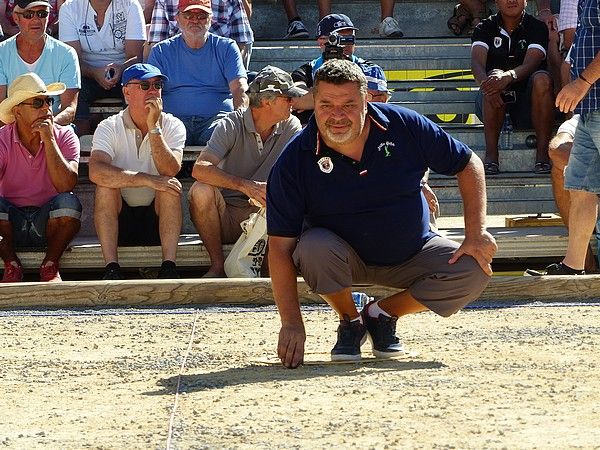
A 12-time World Champion born in Chartres, he started playing when he was 12 years old. Quintais won four international gold medals in Precision Shooting from 2000-2003, going on to win eight more at the Triple World Championship. He also took part in coaching French world champions in 2007 and 2008.
He is part of the “Dream Team” alongside Philippe Suchaud and Henri Lacroix.
Henri Lacroix
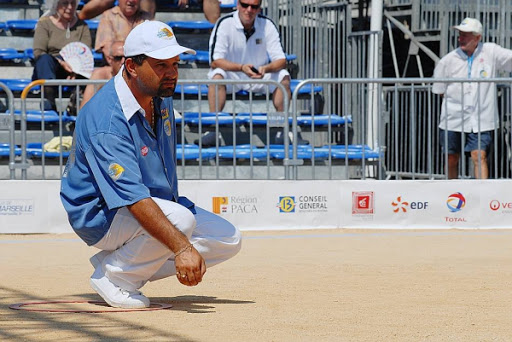
Like Quintais, Lacroix has won the World Championship 12 times, and is also celebrated for having won both European and French Championships.
In 2014, Lacroix teamed up with Le Boursicaud to win the French championships in doubles. And in 2018, he became the first player in pétanque’s history to win the three French titles in singles, doubles with Dylan Rocher, and triples with Rocher and Stéphane Robineau. Thanks to these varied victories he is widely considered as the best pétanque player in the world.
Dylan Rocher
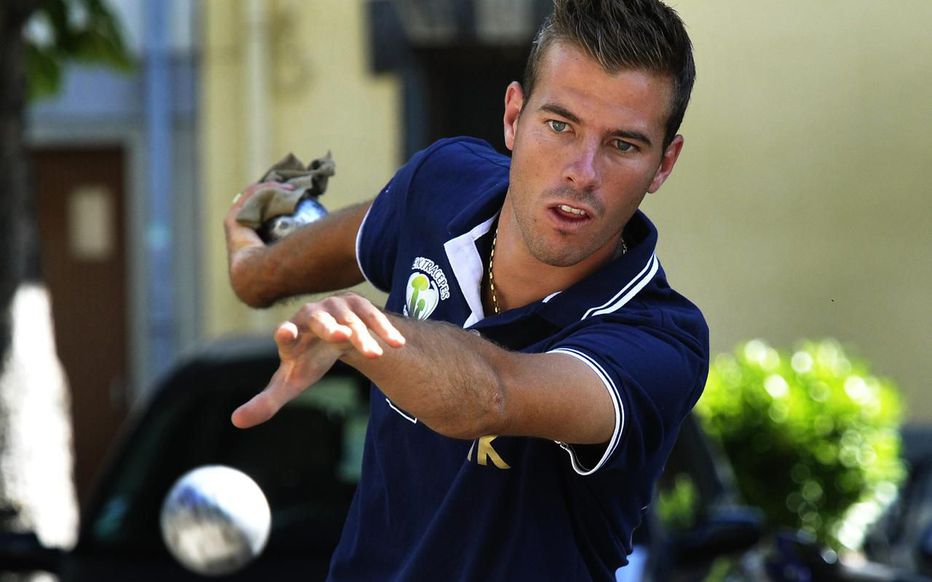
Although only 28 years old, he has already achieved much during his pétanque career.
He started playing when he was only 3 years old, at first practicing with his family, and his father, Bruno Rocher (the 2004 World Champion). At the tender age of 10 Dylan won his first regional in a game of singles and went on to gain international recognition with his win at the World Junior Championships in 2005.
From 2010 onwards he began raking in the awards, including the Mondial le Marseillaise trophy (four time champion), and a series of World Championships, earning him the title of ‘best shooter in the world’.
—-
Now that you are armed with the essential knowledge and rules of the game you can go dominate pitches in London or St Tropez. For an added kick, psyche your pétanque obsessed friends out next time you are competing against them, by calling yourself the next Dylan Rocher and watch them squirm… enjoy!


